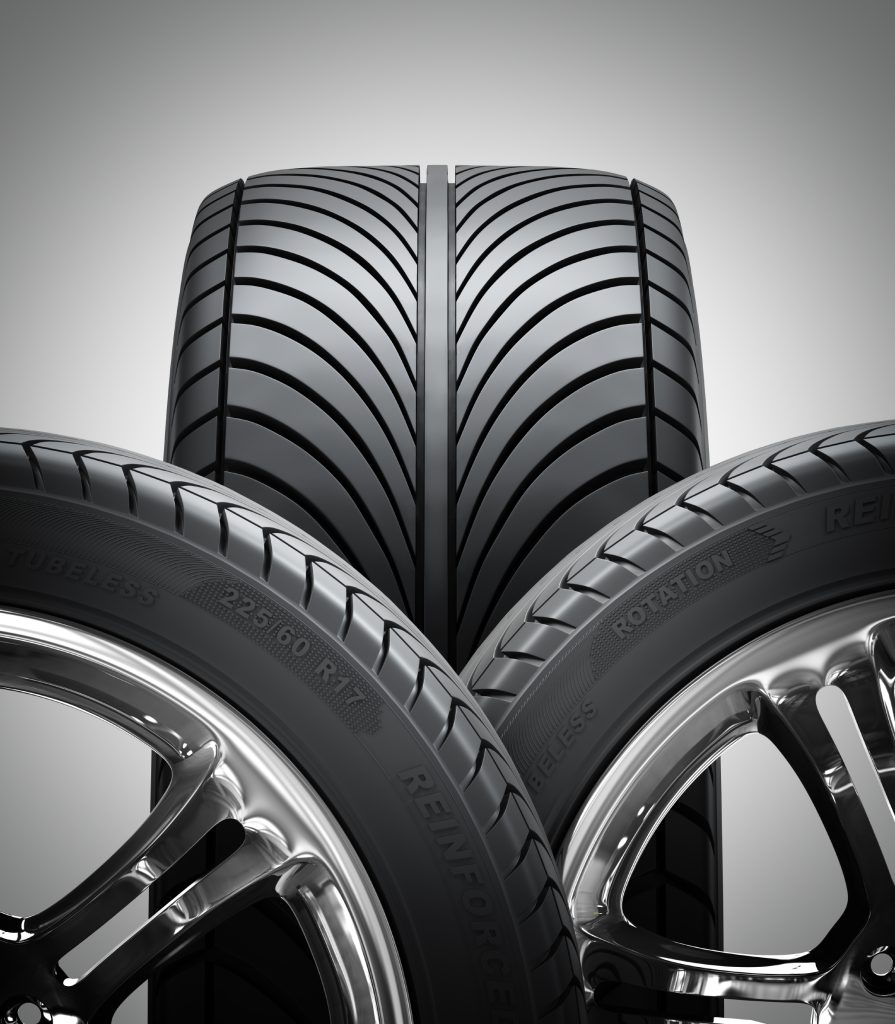Discovering the Newest Tire Technologies
Discovering the Newest Tire Technologies

Over the years, tires have changed more than we may realize. Engineers at some of the top car companies in the world are constantly working on the next generation of tire technology. The goal, of course, is to improve performance and reduce the wear and tear that tires endure as they age. There are a number of radical ideas out there that, as we speak, are being tested at various stages of design. Though some of these technologies won’t be available to consumers for years, if you’d like to become a mechanic, you should find it interesting to know what’s coming.
Hankook’s airless tire
Yes, you’ve read correctly. Hankook’s airless tire, known as the i-Flex, debuted at the 2013 Frankfurt Auto Show. The i-Flex is a tire and rim combination that’s puncture-proof and lighter than the tires of today. It improves fuel economy, comfort and is made from 95% recyclable material. The airless tire is, simply put, a reinvention of the tire as we know it, and could mark a major market shift if Hankook is able to convince consumers of its worth. Michelin, Bridgestone and Resilient Technologies have all previously developed air-free tire and wheel combinations and the technology continues to evolve. It should also be noted that Hankook is currently working on another model of the i-Flex which uses “e-membrane” technology to change the shape of the tire depending on the driving conditions, giving the driver more grip. Intriguing!
Michelin’s Infinicoil
The Infinicoil is Michelin’s effort to increase the rigidness of the surface of the tire, to make the tire last much longer. Tires equipped with Infinicoil technology use a giant steel cord, which is up to 400 meters long, that is wrapped underneath the rubber layer. In addition to a getting more mileage out of your tire, Infinicoil technology guarantees the driver outstanding traction regardless of driving conditions.
The Self-Inflating Tire
A Czech company, Coda Development has been working for years on the self-inflating tire, which keeps the air pressure inside the tire at its optimal level at all times, preventing blowouts or, even worse, rollovers. How? A valve can acquire outside air, then distribute it inside the tire. It’s an ingenious system, one that could lead to a number of breakthroughs in the area of car safety and influence future auto mechanic training.
Michelin’s Evergrip
Another entry from Michelin, this one employs a different strategy than the Infinicoil. The Evergrip is made from a unique rubber compound designed for enhanced grip. The real innovative breakthrough, however, reveals itself over time, as Michelin claims that these tires get better with use. How? As they age and begin to wear down, new grooves hidden in the tires emerge to compensate. Michelin is particularly proud of the Evergrip’s performances in rainy weather. Compared to other tires on the market, the Evergrip reduces the stopping distance by about a car’s length, which is bound to impress professionals, average consumers and students of auto mechanic school alike.

